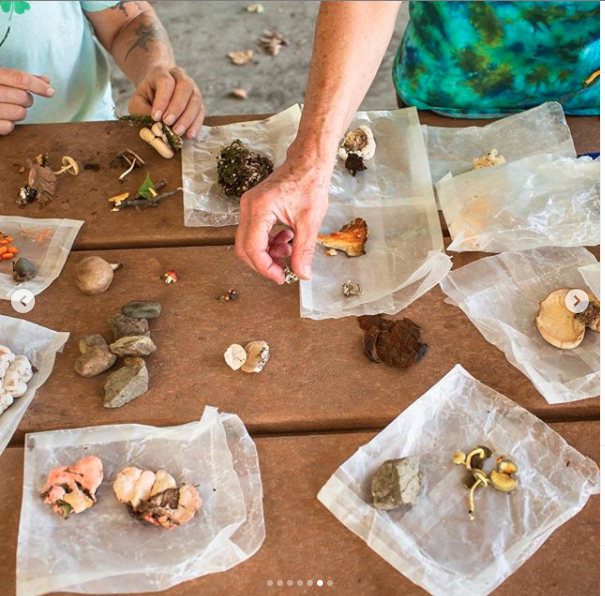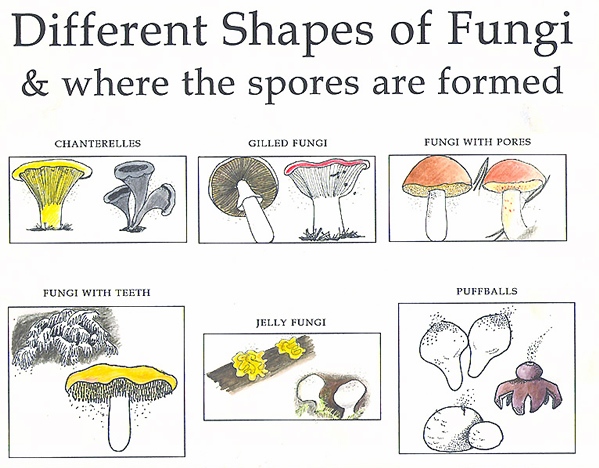
This week, we invite you to choose your own adventure. How would you like to explore the wild world of mushrooms?
Choices for Exploring Mushrooms:
Register for the virtual field trip: Friday at 10:30am.
On your own, outside:
Make a spore print.
On your own, inside: explore mushrooms’ many forms!
Doing the “on your own” activities before the zoom field trip will help you get more out of it. Or, they are a great alternative if you won’t attend the field trip.
Virtual Field Trip on Zoom: Friday, Sept 11 at 10:30am
Go on a virtual mushroom hunt with our naturalists! We’ll show you edible, poisonous, and downright bizarre mushrooms. How do mushrooms help an ecosystem?
Watch the recording of this field trip:
To attend future virtual field trips, click here.
On Your Own
If you go outside: Make a spore print
Spores are the part of mushrooms that grow new mushrooms, like seeds do for plants. Spores look like a dust that falls out of mushrooms.
If you leave a mushroom on a piece of paper overnight (don’t move it!), in the morning you will see a pattern. Mushroom lovers use these patterns to identify what kind of mushroom it is.

- First, search outside for a mushroom! Mushrooms might grow even in a lawn. Try looking in:
- shady spots
- on old stumps or dead sticks
- dying trees
- dead grass, straw, or leaves
Pluck one carefully. Don’t touch your mouth and wash your hands afterwards. Some mushrooms are poisonous!
2. Next, make your spore print. To learn how, watch the video below. Or, click here to read instructions.
3. Take a picture of your print. Or, write a description of its shapes and colors. Share your sport print picture or description in the comments below, or in your teacher’s online classroom.
The artist Madge Evers uses spore print to create art: click here for inspiration.
If you’re inside: Explore the many forms of fungi
If you’re like most people, you picture mushrooms or fungi as something like this:
But would you have recognized all of these as fungi as well?






Photo credits, upper left to bottom right: , Brian Gratwicke, Kathie Hodge , Kathie Hodge, Kathie Hodge, Cornell Mushroom Blog
- Explore the mushrooms of the Cornell Mushroom Blog. Click on any picture that looks interesting to you! Find a mushroom that you are drawn to. Maybe it is pretty, surprising, weird, a little gross, or something else.
- Mushrooms are often just part of a much bigger web of fungus. Sometimes that web is the size of a log–but sometimes it’s the size of the whole forest! Read about it:
– Oregon Humongous Fungus Sets Record As Largest Single Living Organism On Earth
– The Wood Wide Web: How Trees Secretly Talk to and Share with Each Other - Think about some of the different fungi you just investigated, big or small. What are some of the different shapes, sizes, and colors you saw? What kind of places did they grow? Draw some of the different shapes mushrooms might have. Share your work in the comments!

